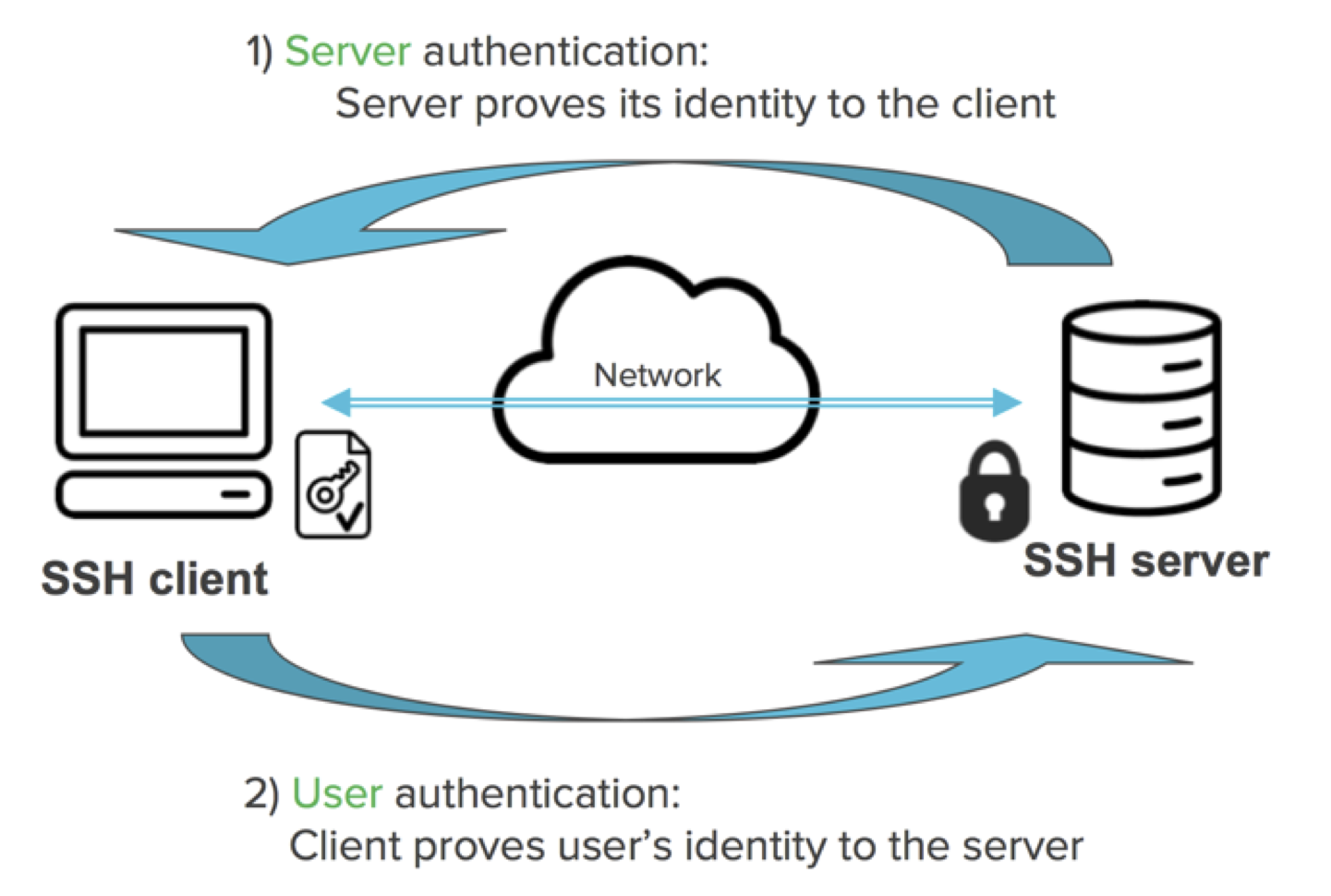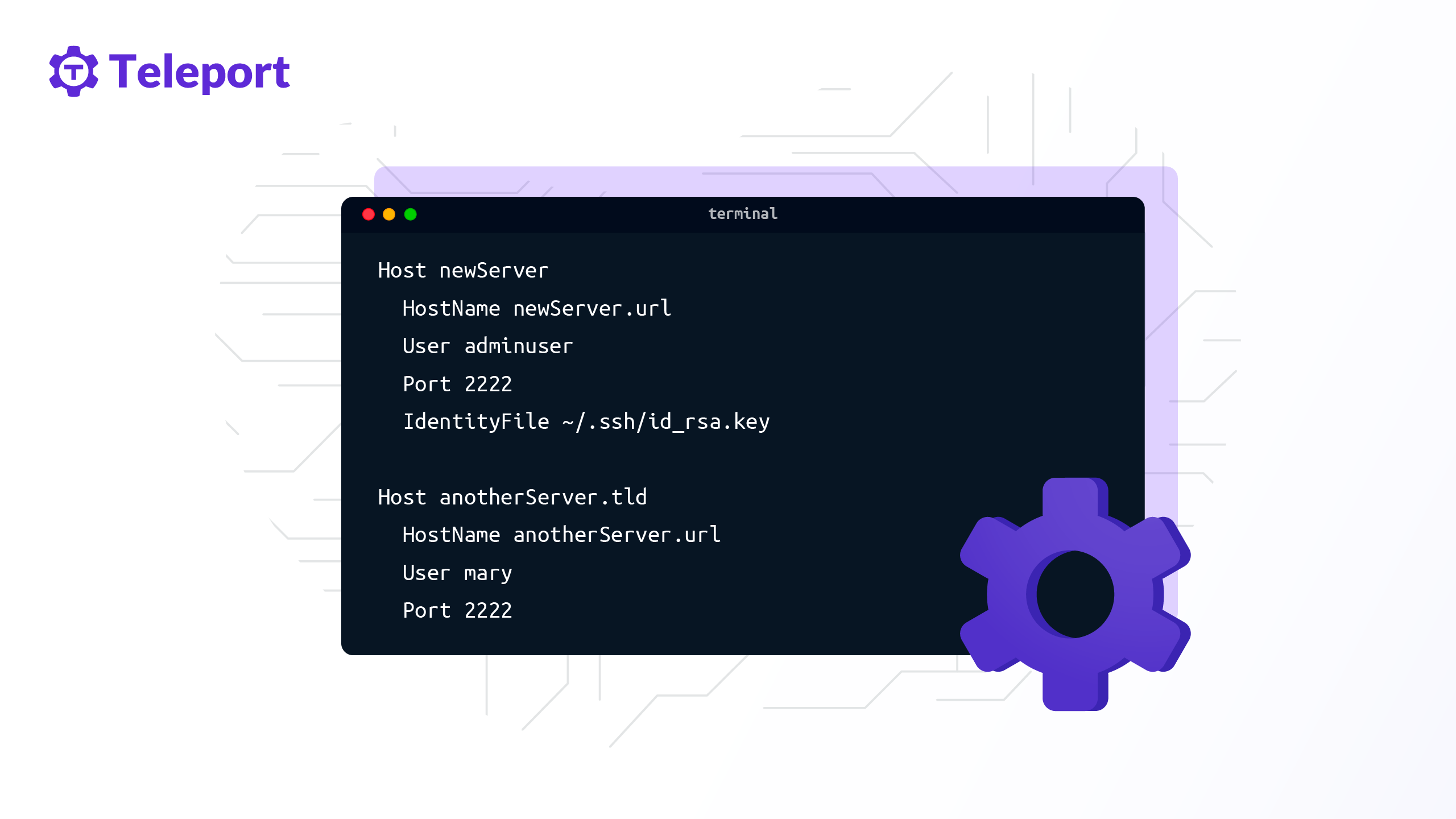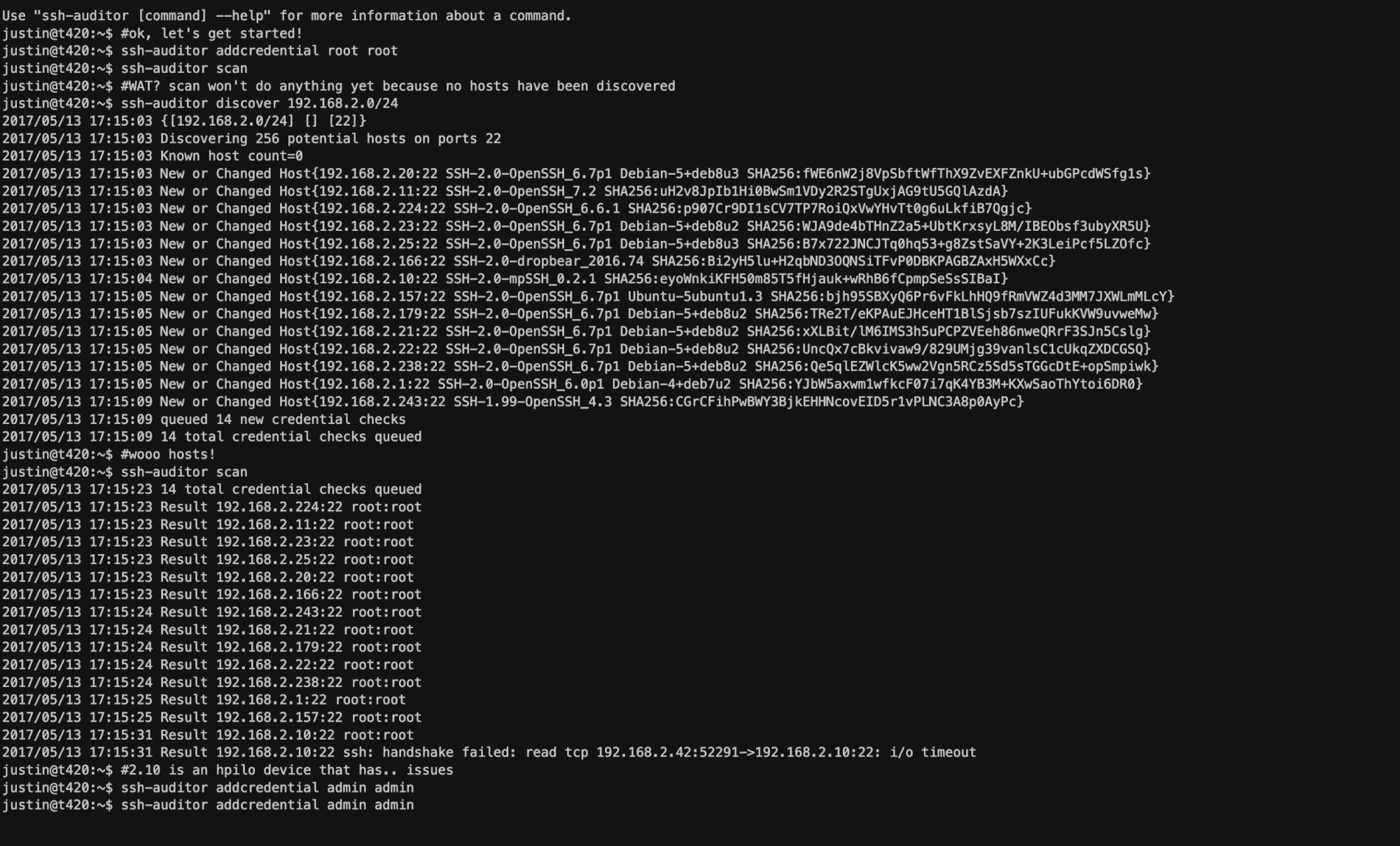RemoteIoT devices have become an integral part of modern technology, enabling seamless communication and control over the internet. As more organizations adopt IoT solutions, ensuring secure access to these devices is critical. SSH (Secure Shell) plays a pivotal role in this process by providing encrypted communication channels. This article delves into the intricacies of using SSH with RemoteIoT devices, offering practical examples and expert insights.
In today's interconnected world, the Internet of Things (IoT) continues to revolutionize industries, from healthcare to manufacturing. However, with this rapid growth comes the challenge of securing these devices against unauthorized access. SSH serves as a robust solution to address these security concerns, offering a secure method for remote device management.
This guide is designed for IT professionals, developers, and anyone interested in leveraging SSH for secure RemoteIoT device management. By the end of this article, you will have a thorough understanding of SSH implementation, best practices, and real-world examples to enhance your IoT infrastructure security.
Table of Contents
Introduction to RemoteIoT Device SSH Example
Setting Up SSH for RemoteIoT Devices
Security Best Practices for SSH
Common Issues and Troubleshooting
Real-World SSH Examples for RemoteIoT
Future Trends in RemoteIoT SSH Management
Introduction to RemoteIoT Device SSH Example
SSH has emerged as the gold standard for secure communication in the realm of remote device management. For RemoteIoT devices, this protocol ensures data integrity and confidentiality while facilitating seamless access for authorized users. Let's explore why SSH is crucial for IoT security and how it can be implemented effectively.
Why SSH Matters for IoT Devices
IoT devices are often deployed in remote locations, making physical access impractical. SSH provides a secure, encrypted tunnel that allows administrators to manage these devices remotely without compromising security. Key features include:
- End-to-end encryption
- Authentication mechanisms
- Secure file transfer capabilities
Common Use Cases for SSH in IoT
SSH is widely used across various industries to secure IoT devices. Some common applications include:
- Remote monitoring of industrial equipment
- Managing smart home devices
- Securing medical IoT devices in healthcare settings
Understanding SSH Basics
Before diving into SSH examples for RemoteIoT devices, it's essential to understand the fundamental concepts of SSH. This section covers the basics of how SSH works and its key components.
How SSH Works
SSH operates by establishing a secure connection between a client and a server. The process involves:
- Key exchange for encryption
- Authentication of users and devices
- Data transmission through encrypted channels
Key Components of SSH
The primary components of SSH include:
- SSH client: The software used to initiate connections
- SSH server: The software running on the target device
- Public and private keys: Used for authentication
Overview of RemoteIoT Devices
RemoteIoT devices encompass a wide range of technologies designed for remote operation and monitoring. These devices are equipped with sensors, actuators, and communication modules that enable them to interact with their environment.
Key Features of RemoteIoT Devices
Some notable features of RemoteIoT devices include:
- Connectivity options: Wi-Fi, cellular, and satellite
- Data processing capabilities
- Interoperability with other systems
Setting Up SSH for RemoteIoT Devices
Configuring SSH on RemoteIoT devices involves several steps to ensure secure and reliable communication. Follow this step-by-step guide to set up SSH on your devices.
Step 1: Install SSH Server
Begin by installing an SSH server on your RemoteIoT device. Popular options include OpenSSH and Dropbear. For example, on a Linux-based device, you can use:
sudo apt-get install openssh-server
Step 2: Configure SSH Settings
Adjust the SSH configuration file to enhance security. Key settings include:
- Disable password authentication
- Use public key authentication
- Limit access to specific users
Security Best Practices for SSH
Implementing SSH on RemoteIoT devices requires adherence to security best practices to mitigate potential risks. Follow these guidelines to fortify your SSH setup.
Use Strong Authentication Methods
Public key authentication is preferred over password-based methods due to its enhanced security. Generate strong keys using tools like ssh-keygen.
Regularly Update Software
Ensure that both the SSH client and server software are up to date to address vulnerabilities. Regular updates also introduce new features and improvements.
Common Issues and Troubleshooting
While SSH is a robust protocol, users may encounter issues during setup or operation. This section addresses common problems and provides solutions.
Connection Issues
If you're unable to establish an SSH connection, check the following:
- Firewall settings
- Network connectivity
- SSH service status
Authentication Failures
Authentication problems can arise due to incorrect keys or misconfigured settings. Verify that:
- Public keys are correctly added to the authorized_keys file
- Permissions on the SSH directory are set correctly
Real-World SSH Examples for RemoteIoT
Let's explore practical examples of SSH implementation for RemoteIoT devices. These scenarios demonstrate the versatility and effectiveness of SSH in securing IoT infrastructure.
Example 1: Managing Industrial Sensors
Industrial sensors often require remote configuration and data retrieval. SSH enables secure access to these devices, allowing administrators to perform tasks such as:
- Updating firmware
- Configuring sensor parameters
- Retrieving log files
Example 2: Securing Smart Home Devices
Smart home devices, such as thermostats and security cameras, benefit from SSH for secure management. Users can remotely access these devices to:
- Monitor device status
- Perform software updates
- Adjust settings
Optimizing SSH Performance
Efficient SSH performance is crucial for managing large-scale IoT deployments. Implement these strategies to optimize SSH performance:
Compression
Enable compression in SSH to reduce data transfer times, especially for large files or datasets.
Connection Reuse
Utilize SSH connection reuse to minimize latency by maintaining persistent connections for multiple sessions.
Future Trends in RemoteIoT SSH Management
The landscape of RemoteIoT SSH management continues to evolve with advancements in technology. Emerging trends include:
Quantum-Resistant Cryptography
As quantum computing progresses, SSH protocols are adapting to incorporate quantum-resistant algorithms, ensuring long-term security.
AI-Driven Security
Artificial intelligence is being integrated into SSH systems to detect and respond to threats in real time, enhancing overall security.
Conclusion
SSH is a powerful tool for securing RemoteIoT devices, offering robust encryption and authentication mechanisms. By following the guidelines outlined in this article, you can effectively implement SSH in your IoT infrastructure. Remember to adhere to security best practices and stay informed about emerging trends to ensure the longevity and security of your RemoteIoT devices.
We invite you to share your thoughts and experiences with SSH in the comments section below. Additionally, explore other articles on our site for more insights into IoT security and technology advancements.


